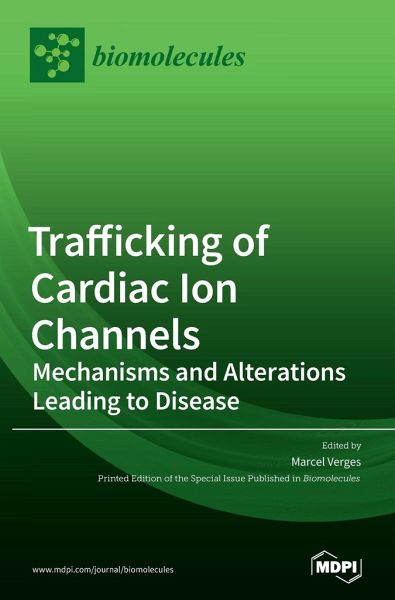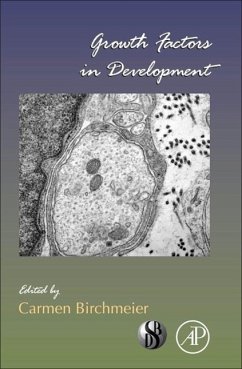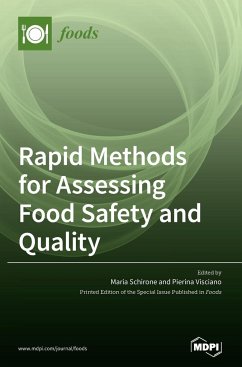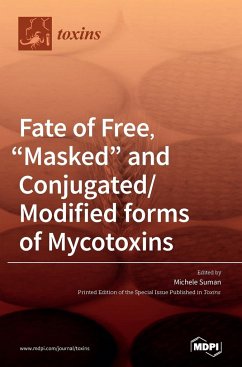
Trafficking of Cardiac Ion Channels
Mechanisms and Alterations Leading to Disease
Versandkostenfrei!
Versandfertig in 1-2 Wochen
60,99 €
inkl. MwSt.

PAYBACK Punkte
30 °P sammeln!
Protein sorting and trafficking are regulated by well-conserved mechanisms. These allow a distinctive set of resident proteins to be present in the correct subcellular organelle, which is required for proper cell functioning. Voltage-gated ion channels, as responsible for cardiomyocyte action potential, must be properly localized. They participate in cell excitability and electrical coupling, ensuring uninterrupted and rhythmic heart beating. Ion channel complexes comprise one or more pore-forming ¿ subunits, associated ¿ subunits, and additional proteins. Channel localization and function a...
Protein sorting and trafficking are regulated by well-conserved mechanisms. These allow a distinctive set of resident proteins to be present in the correct subcellular organelle, which is required for proper cell functioning. Voltage-gated ion channels, as responsible for cardiomyocyte action potential, must be properly localized. They participate in cell excitability and electrical coupling, ensuring uninterrupted and rhythmic heart beating. Ion channel complexes comprise one or more pore-forming ¿ subunits, associated ¿ subunits, and additional proteins. Channel localization and function are regulated by the ¿ subunits and associated proteins, such as cytoskeletal elements, cell-adhesion molecules, and adaptors. These influence protein targeting, anchoring, and retention in specific surface domains along the cardiomyocyte sarcolemma, such as intercalated discs, T-tubules, or the lateral membrane. Alterations in ion channel trafficking are the cause of channelopathies associated with inherited arrhythmias leading to sudden death. An outstanding question is how these molecular alterations lead to disease. In this volume, scientists share their vision to understand how cardiac ion channel trafficking is regulated and how it may become altered, leading to channelopathies that often turn into deadly arrhythmias. Data generated can be translated to a clinical context, hopefully turning into approaches to help prevention and treatment, which is of utmost importance, both medically and socially.












